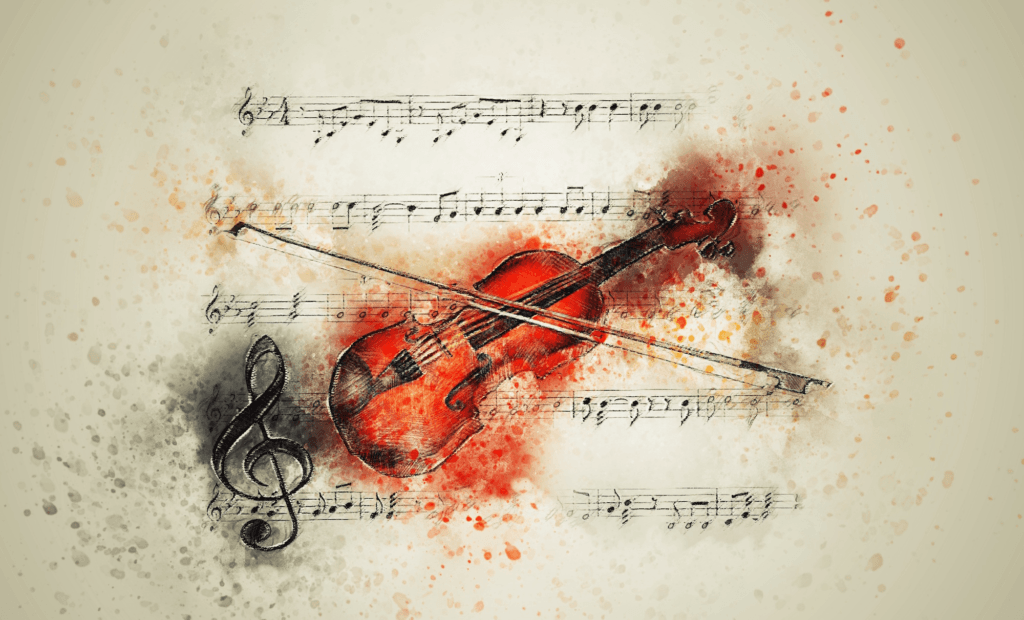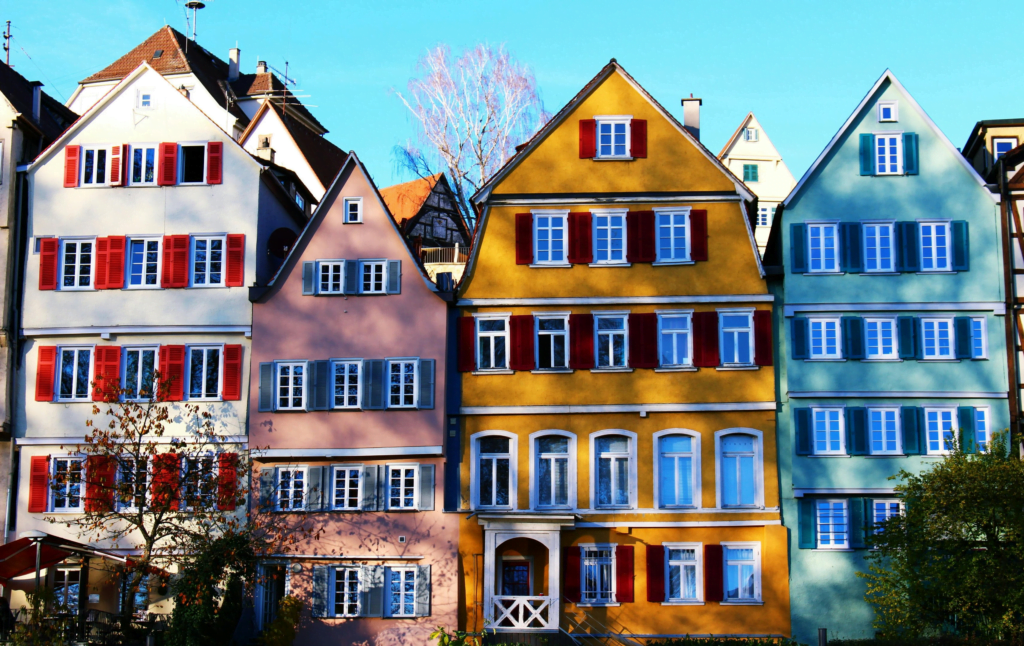
Germany, a country situated in the heart of Europe, is renowned for its cultural richness, and contributions to the world of art and music are no exception. Throughout history, Germany has been home to many renowned artists, composers, and cultural movements that have shaped the global artistic and musical landscape. From the age of the Renaissance and Baroque periods to modern-day innovations in art and music, Germany’s influence is far-reaching and significant. This article will delve deeply into Germany’s cultural contributions, highlighting key movements, figures, and historical contexts that have made the country a powerhouse in the artistic and musical world.
Historical Context: An Artistic and Musical Legacy
Germany’s cultural heritage can be traced back centuries, where the foundations for its artistic and musical development were laid. During the medieval era, Germany’s monasteries and churches served as centers for the arts, where illuminated manuscripts, religious paintings, and early forms of music flourished. This era established a tradition of using art and music as a medium for both worship and community expression.
Renaissance and Baroque Periods
The Renaissance (15th to 17th century) marked the beginning of a cultural awakening in Germany. Artists like Albrecht Dürer emerged as one of the most prominent figures during this time, known for his prints, engravings, and altarpieces that combined intricate detail with complex symbolism. His works not only contributed to the development of art in Germany but also had a profound influence on the European Renaissance as a whole.
Following the Renaissance, the Baroque period (17th to early 18th century) saw the rise of architectural grandeur and ornate artistic styles. Johann Sebastian Bach, one of the most celebrated composers in classical music history, emerged during this time. His compositions, including the Brandenburg Concertos and the Mass in B minor, are considered masterpieces that continue to be celebrated and performed worldwide.
Classical and Romantic Eras: The Pinnacle of Musical Excellence
The 18th and 19th centuries are often regarded as the golden age of German music. During this period, composers like Ludwig van Beethoven, Wolfgang Amadeus Mozart (though Austrian by birth, heavily associated with German musical traditions), and Franz Schubert made groundbreaking contributions to classical music. Beethoven, in particular, is a towering figure whose symphonies, sonatas, and concertos have left a lasting imprint on the musical world. His innovative compositions pushed the boundaries of musical expression, paving the way for the Romantic era.
The Romantic period (late 18th to early 19th century) in Germany was characterized by an emphasis on emotion, individuality, and the sublime. Composers such as Richard Wagner and Johannes Brahms created compositions that were emotionally intense and technically complex. Wagner, known for his operas like The Ring Cycle, revolutionized the operatic form with his use of leitmotifs and expanded harmonic language, influencing generations of composers after him.
Visual Arts: From Renaissance to Modernism
Germany’s contributions to the visual arts are just as remarkable as its musical legacy. After the Renaissance, the Baroque period saw the development of grandiose architectural styles and opulent designs, as exemplified in the works of architects like Andreas Schlüter. Moving forward, the 19th century witnessed the rise of Romanticism in painting, with artists like Caspar David Friedrich capturing the sublime beauty of nature and the existential struggle of humanity.
Expressionism and the Avant-Garde Movements
In the early 20th century, Germany became a hub for avant-garde and experimental art movements. Expressionism, a movement that sought to depict subjective emotions rather than objective reality, found its home in Germany. Artists like Ernst Ludwig Kirchner, Emil Nolde, and Wassily Kandinsky (though Russian-born, was based in Germany) were key figures in this movement. Their works, characterized by distorted forms and vivid colors, sought to capture the angst and alienation of the modern era.
The Bauhaus movement, founded by Walter Gropius in 1919, was another revolutionary artistic development that emerged in Germany. The Bauhaus sought to bridge the gap between fine art and functional design, emphasizing simplicity, geometry, and the integration of different artistic disciplines. Despite its short-lived existence, the Bauhaus movement had a profound impact on architecture, graphic design, and industrial design, and its influence is still felt today.
Literature: A Hub for Philosophers and Writers
Germany’s contribution to literature is equally significant. The country has produced a plethora of poets, novelists, and playwrights who have shaped not only German literature but also world literature. Johann Wolfgang von Goethe, author of Faust, is arguably the most famous German writer. His works, which span poetry, drama, and prose, explore themes of love, nature, and the human condition.
The 19th century also saw the rise of philosophers like Friedrich Nietzsche, whose writings on morality, religion, and the nature of existence have had a lasting impact on Western thought. Nietzsche’s aphoristic style and provocative ideas have inspired countless writers, artists, and thinkers.
Modern and Contemporary Contributions
In the 20th and 21st centuries, Germany has continued to be a center for artistic and musical innovation. After World War II, Berlin became a hotspot for avant-garde art and experimental music. The city’s division into East and West Berlin created a unique cultural environment that fostered diverse artistic expressions. During the Cold War era, East German artists used art as a form of resistance against political oppression, while West Berlin became a haven for countercultural movements.
Today, Germany is home to numerous art galleries, museums, and music festivals. Cities like Berlin, Munich, and Dresden are renowned for their vibrant art scenes and rich musical traditions. The Berlin Philharmonic, considered one of the world’s leading orchestras, continues to set the standard for classical music performance.
Electronic Music: A German Innovation
Germany has also made significant contributions to modern music, particularly in the realm of electronic music. Bands like Kraftwerk, formed in the 1970s, are considered pioneers of electronic music, blending experimental sounds with robotic aesthetics. Kraftwerk’s influence extends beyond electronic music, impacting genres like hip-hop, pop, and techno. Berlin, in particular, is now considered a global hub for techno music, with its legendary clubs like Berghain attracting music enthusiasts from all over the world.
Cultural Institutions: Museums, Galleries, and Opera Houses
Germany’s commitment to preserving and promoting its cultural heritage is evident in its numerous cultural institutions. The country is home to some of the world’s most prestigious museums and galleries, such as the Pergamon Museum and the Alte Nationalgalerie in Berlin. These institutions house invaluable collections of classical and modern art, making Germany a premier destination for art lovers.
The country is also home to world-renowned opera houses like the Bayreuth Festspielhaus, where Wagner’s operas are performed annually, and the Semperoper in Dresden. These venues not only showcase Germany’s rich operatic traditions but also serve as platforms for contemporary productions.
Conclusion: A Country Steeped in Art and Music
Germany’s contributions to the world of art and music are profound and enduring. From the classical compositions of Bach and Beethoven to the avant-garde art of the Bauhaus and the cutting-edge techno scene in Berlin, Germany has consistently been at the forefront of artistic and musical innovation. Its rich cultural heritage, combined with a continued commitment to fostering creativity, makes Germany a uniquely artistic and musical country.
In conclusion, Germany is not just a country with a rich cultural past but a dynamic and evolving center of artistic and musical excellence. Whether one is drawn to classical symphonies, modern electronic music, or innovative visual art, Germany offers a diverse and vibrant cultural landscape that continues to inspire and captivate audiences around the world.


